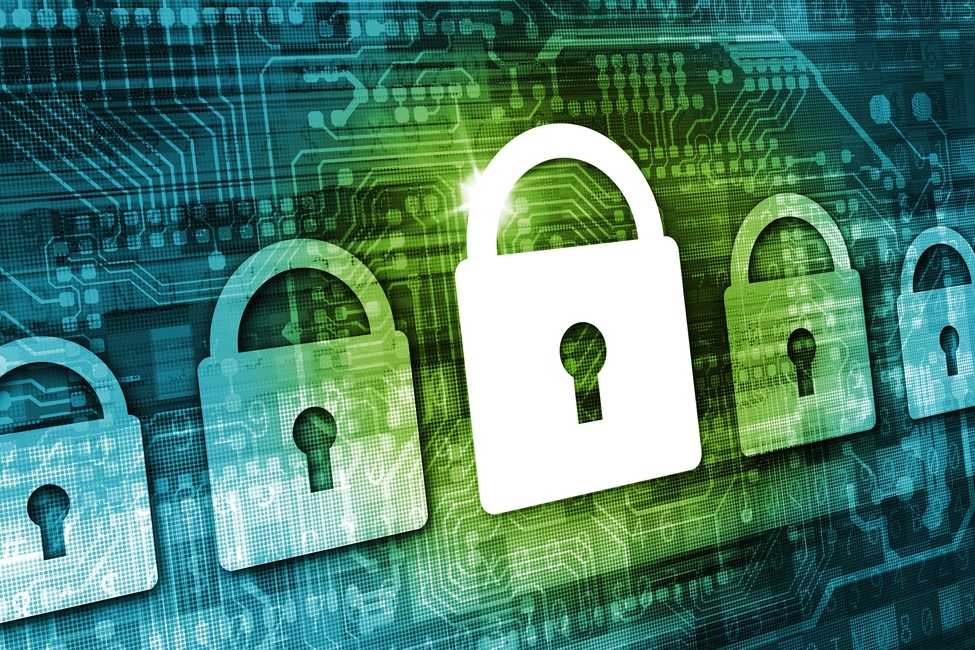Mergers and acquisitions are a cause for celebration. But before you raise that champagne, have you considered how your mergers and acquisitions could impact your cyber security? Here are just four possible security threats that could arise from your M&As.
Four Ways M&As Threaten Your Cyber Security
- No Standard Operating Procedure
It’s extremely rare, if not unheard of, for two companies to have the exact same IT security protocols. Most acquisitions involve a larger company absorbing a smaller one. The smaller company is likely to have shortcomings in its cyber defenses. The inconsistency between the two organizations poses a threat to everyone.
Once your acquisition is finalized, new employees will need to adapt to your procedures. During those first few months, you’re at a much higher risk of infiltration due to employee error. New passwords and file access permissions create the potential for phishing scams since employees are less likely to be as critical of an email coming from an unknown source.
But that’s not the only problem that arises from having different systems. Since each company approaches data management in a unique way, it’s difficult to know exactly what data you have. The other organization could have filetypes you’ve never even used before and wouldn’t know to look for. An automated system that can parse your data is the easiest way to overcome this issue.
- Potentially Compromised Hardware
The SolarWinds Orion hack revealed just how easily hacked hardware can compromise everyone connected to it. When SolarWinds’ central servers were attacked, the code their software runs on became compromised. Because of this one attack, dozens of client companies had data stolen by hackers. This is, of course, an extreme example.
Nevertheless, you could be acquiring or merging with a compromised server. SolarWinds had no idea for months that the hack had happened, so it’s entirely possible that your much smaller acquisition is unaware of a problem. One solution to this problem is to take a more proactive approach to cyber security. Assume that the company you’re interested in already has a problem and audit it thoroughly.
Another solution is to integrate the other company’s file system into yours with a secure, intelligent platform. Aparavi’s platform makes it easy to merge file systems and automatically classify files along the way. Once you truly know your data, you can make smart decisions about where to keep your data and who should have access to it.
- Increased Risk Exposure
Becoming a bigger company makes you a bigger target. Cyberattacks take roughly the same amount of effort to execute regardless of the size of the business. However, the payoff is much greater when a hacker hits a large company. Enterprises are more likely to have large databases with valuable information, and unfortunately, many of them don’t even realize just how much data they really have.
The consequences of that data negligence are clear. Statistics show that large businesses regularly suffer more attacks and pay more to resolve them. In fact, the costs to large enterprises are at least 10 times as much as they are for SMBs. While a small business might have to spend $10,000 on improved software and infrastructure to prevent the next attack, an enterprise will pay $132,000 on average for the same upgrades.
So while your business is getting bigger with M&As, your risk is growing in tandem. How do you manage that increased risk and avoid stumbling after a merger or acquisition? With Aparavi, you can prevent breaches, limit their damage, and find them faster. Our platform constantly monitors your file system to catch unexpected changes or unauthorized access to files. If a file has been accessed by an unusual user, it can alert your IT department so they can take action.
- New Risk Factors
The aforementioned three reasons apply to every M&A situation. However, each merger and acquisition is different. Therefore, they also present risks unique to each situation. If your two businesses were of a very similar nature, there likely aren’t many new risk factors to consider.
On the other hand, acquisitions are often a way for a larger company to break into a new market without starting from scratch. This means you may be exposing your business to new cyber risks. For example, consider an online-only retailer that acquires a chain of stores with the intent of using them as retail outlets for their products. In this case, you now have PoS threats and compliance concerns to consider.
These threats remain invisible until you have a powerful tool that can scan both your file system and that of your acquisition. How do you know which data privacy laws apply to you after acquisition if you don’t have a clear picture of the data you’ve just acquired? When you have Aparavi parsing your files, your data is no longer a mystery. When you have an accurate analysis of your data, you can make better decisions post-M&A.
Make Your Next M&A a Smooth One
Regardless of whether you’re merging with a similar company or acquiring one that couldn’t be more different, you need a platform that can ease the transition. Aparavi can make your M&As smoother by giving you central control over all your data. Get a demo now to see just how easy managing your data can be with Aparavi.
